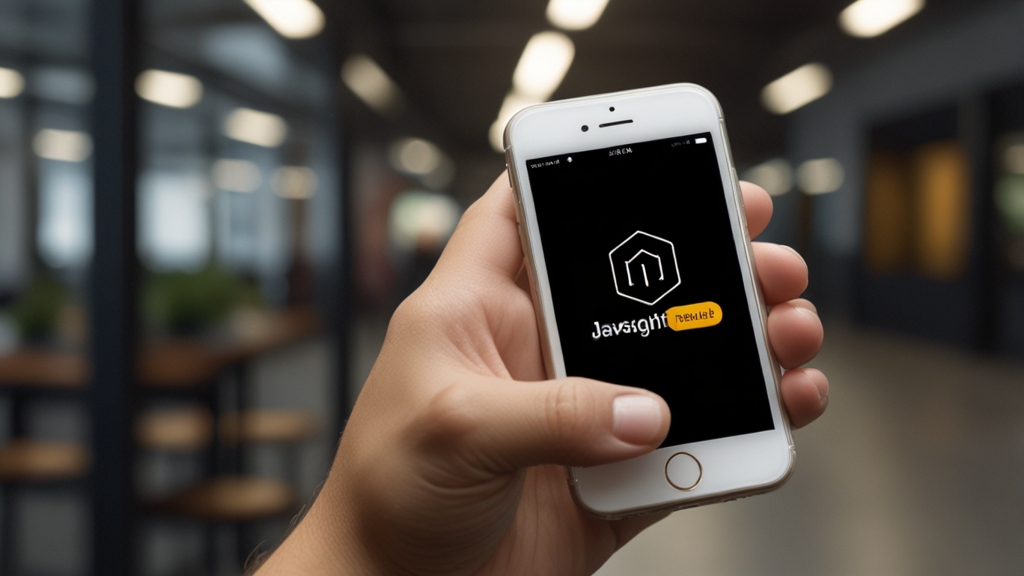Revolutionize Your Teaching: Educational Tools That Drive Engagement
In today’s rapidly evolving educational landscape, teachers are continuously seeking innovative ways to engage their students and enhance learning outcomes. The integration of technology into the classroom has offered a plethora of tools designed specifically to boost engagement and make learning more interactive. Let’s explore some of the most effective educational tools that can help revolutionize your teaching methods.
Interactive Whiteboards
Interactive whiteboards are transforming classrooms into dynamic learning environments. These digital boards offer a wide range of functionalities, from displaying multimedia content to enabling touch-based interactions. Students can participate in activities such as drawing, writing, and even solving puzzles directly on the board. This hands-on involvement helps in making lessons more captivating and aids in the retention of information.
“Interactive whiteboards have changed the way I teach. My students are more interested and engaged in the lessons, and it allows for a more collaborative learning experience.” – Mrs. Laura Gibson, 5th Grade Teacher
Gamified Learning Platforms
Gamification in education incorporates game-like elements into the learning process, making it more enjoyable and engaging for students. Platforms like Kahoot!, Quizizz, and Classcraft turn educational content into interactive quizzes and games that reward students for their achievements. This method not only motivates students but also fosters a sense of competition and accomplishment. As a result, students are more willing to participate actively and take ownership of their learning journey.
Virtual Reality (VR) and Augmented Reality (AR)
Virtual Reality (VR) and Augmented Reality (AR) are cutting-edge technologies that offer immersive learning experiences. VR can transport students to different places and times, allowing them to explore environments and events as if they were actually there. AR, on the other hand, adds interactive digital elements to the real world, enhancing the learning of subjects such as science and history. These tools not only make learning more engaging but also help in developing critical thinking and problem-solving skills.
“Using VR in my history classes has been a game-changer. Students can experience historical events firsthand, making the learning process more impactful and memorable.” – Mr. Steven Roberts, History Teacher
Collaborative Online Tools
Collaboration is a crucial skill in the modern world, and online tools like Google Classroom, Microsoft Teams, and Padlet facilitate collaborative learning. These platforms allow students to work together on projects, share resources, and communicate effectively, fostering a sense of community and teamwork. Teachers can provide real-time feedback and track student progress more efficiently, ultimately improving the quality of education.
Educational Apps
There are countless educational apps available that cater to various subjects and learning styles. Apps like Duolingo for language learning, Khan Academy for a wide range of subjects, and Seesaw for student portfolios have made education more accessible and engaging. These apps offer personalized learning experiences, allowing students to learn at their own pace and in their preferred style, leading to better educational outcomes.
Flipped Classroom Model
The flipped classroom model is an innovative approach where traditional teaching methods are reversed. Instead of delivering lectures in class, teachers provide students with video lessons to watch at home. Classroom time is then dedicated to interactive activities, discussions, and problem-solving. This model encourages active learning and allows students to engage with the material more deeply.
“The flipped classroom model has dramatically improved student engagement and performance in my classes. It encourages students to take a more active role in their learning process.” – Ms. Rachel Adams, Math Teacher
Conclusion
Integrating these educational tools into your teaching practice can significantly enhance student engagement and learning outcomes. By leveraging technology, educators can create more interactive, enjoyable, and effective learning environments. As education continues to evolve, staying updated with the latest tools and techniques will ensure that you are providing the best possible experience for your students.





